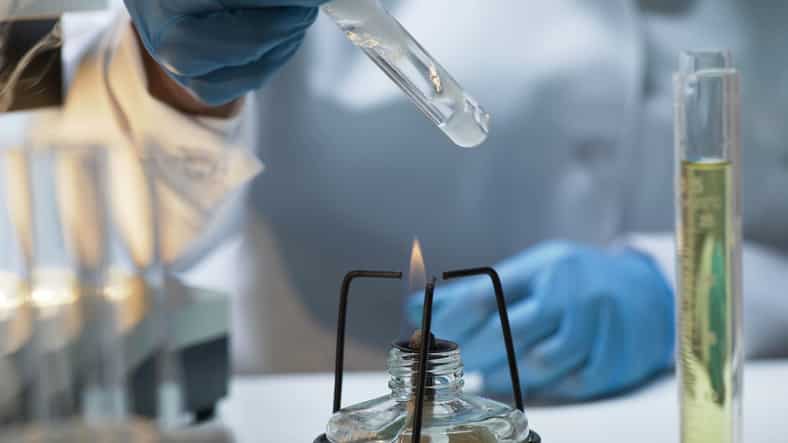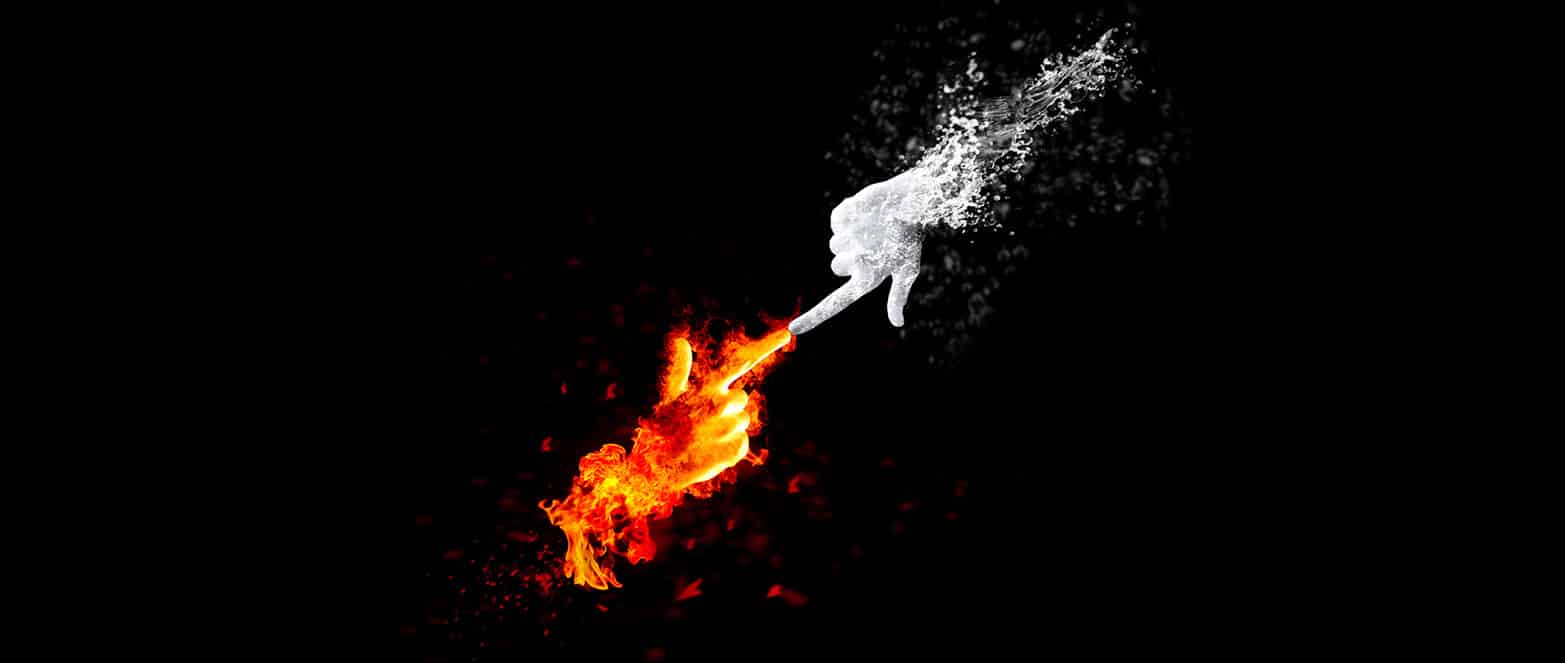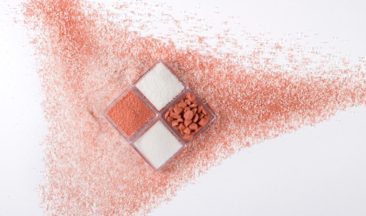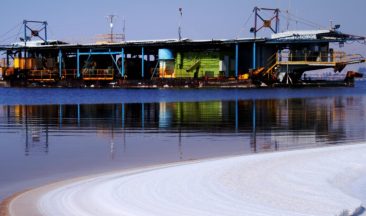Common business jargon often references “Putting Out Fires” to metaphorically describe dealing with daily business “emergencies” that could have been prevented or mitigated.
Real fires can have dire and often tragic human and environmental consequences.
A Single Flame Can Change Your Life in Seconds
Apart from the cost of materials and infrastructure, fires have a tremendous human cost. Burns account for an estimated 180 000 deaths annually while non-fatal burns result in prolonged hospitalization, disfigurement, and disability.
What Makes a Fire Burn?
Why is one fire a roaring inferno while another barely creeps along? Fire is a chemical reaction in which energy in the form of heat is produced.
For ignition and combustion to occur, heat, oxygen, and fuel are necessary. This is known as the fire triangle.
Three things are required in proper combination before ignition and combustion can take place—Heat (for ignition temperature), Air (for Oxygen) and Fuel (to burn). To stop combustion, you need to reduce or remove one of the three.
To stop this combustion reaction, one of the three elements of the fire triangle must be removed.
In the case of a fire, flame retardants (FR’s) react with either oxygen (a mechanism known as “gas phase”) or with the burning material – the fuel (called “solid phase mechanism”), and its surrounding oxygen and create an effective defensive ‘wall’ that prevents the fire from spreading. Without oxygen or fuel, a fire will stop.

No Ignition No Fire – Why Fire Retardants Are Essential
There are five phases to a fire: pre-ignition, ignition, growth, full development, and decay. Pre-ignition is the phase where a material starts to become heated due to a variety of factors. If the process can be successfully interrupted before ignition, the fire will not start.
What Does Flame Retardant Mean?
You may well ask, what does flame retardant mean? As their name suggests, flame retardants are a range of chemicals that significantly delay the time which passes before the development of a full-blown, life-endangering blaze.
ICL is a leading producer of flame retardants used in life-saving applications that enhance well-being, and, ultimately, save lives.
Fire retardant materials are added to various polymers, plastics, and substrates and make them slow-burning or self-extinguishing when exposed to an open flame.
How Do Flame Retardants Work?
In the case of a fire, flame retardants (FR’s) react with either oxygen or with the burning material or fuel and create an effective defensive ‘wall’ that prevents the fire from spreading. Without oxygen or fuel, a fire will stop. Another fire prevention mechanism is creating a physical barrier between the heat and the potentially exposed material. This mechanism is called intumescence.
There are hundreds of different flame retardants. They are often divided into categories based on chemical structure and properties.
Where Are Flame Retardants Used?
We all encounter flame retardant materials daily in clothing, bedding, TVs, electronics, vehicles, aircraft, building construction materials, and furniture. Flame retardant sprays and additives are available for virtually any surface including fabrics, wood, and paper. They are also used to fight wildfires by spraying the burning areas from airplanes.
You may also be interested in:
SAFR – systematic assessment for flame retardants
ICL’s Contribution to the Fire Retardant Industry
The global flame retardant market size was estimated at USD 7.5 billion in 2020 and is expected to reach USD 11.17 billion by the end of 2027. In addition to being the world’s largest supplier of elemental bromine, ICL is the world’s biggest producer of flame retardants suitable for advanced technologies and the arising demands in that field.
ICL offers a wide selection of flame retardant products, including bromine and phosphorus-based flame retardants, as well as fire safety sustainable solutions for many industrial applications.
ICL has established sophisticated fire laboratories for testing the efficiency of flame retardants. Our R&D teams are continuously developing flame retardants suitable for different and ever-evolving uses.
Major Applications
Flame Retardants in Electrical and Electronics Industries
The usage of flame-retardants is widespread in this industry and is dependent on product function, materials, and the fire resistance level needed to be achieved.
Plastic components are extensively used in this industry in components ranging from USB hubs, mobile phones, tablets, PCs, TVs, refrigerators, and insulated cables which all have an inherent increase in fire risk. To mitigate these risks, flame retardant additives are used in the industry to meet the prescribed laws and regulations.
Fire Retardants in Construction
ICL’s mission is to increase fire safety to save lives and property. We have developed a range of products suitable for different materials and building techniques.
ICL fire retardants are applied to construction materials to raise the temperature at which a material ignites and prevent flames from spreading giving building occupants time to escape and for firefighters to respond.
Apart from electrics, structural elements including concrete, wood, plaster, and steel structures are coated with special paints and sealants that contain fire retardants which form a thick, insulating, and non-flammable foam that protects the structural integrity of a building in case of a fire.
Fire Retardants in Passenger Vehicles
Strict safety standards have been developed in this industry segment to reduce the risk of a fire and allow the vehicle’s passengers enough time to escape. Fire retardants are embedded in the vehicle’s electronics, seat upholstery, and interior cladding which would otherwise be highly flammable.
Electric Vehicles
More and more car-producing companies are producing advanced, electric, and self-driving vehicle models. Great emphasis is applied to ensuring that the vehicle’s components are safe in the face of fire.
Fire Retardants in Aircraft
Nearly all components in modern-day aircraft incorporate flame retardant materials. These are used principally in the cabin compartment, and ceilings, walls, seats, trays, and the like.
A New Generation of Flame Retardants
ICL is making significant breakthroughs in the marketplace by expanding its new generation of flame retardants. These innovative products are in line with our efforts to provide sustainable, safe, and efficient flame retardants to the marketplace.
Polymeric Products
These products, with a polymeric backbone, provide superior fire safety benefits without potential environmental drawbacks like bioaccumulation.
We have created our SAFR® methodology to assist our customers in selecting the right product for their specific applications based on safety and environmental considerations
Ready for The Circular Economy
Today, more than ever before, emphasis is being placed on recycling and re-use of materials across the spectrum. We have reviewed the use of FRs in two major electric and electronic (E&E) applications and how the product performs during recycling.
From the findings of this review, it appears that ICL-IP’s Polymeric brominated flame retardants not only allow mechanical recycling over several cycles but also contribute to maintaining critical mechanical properties over time.
Engineered Materials
An exciting development in engineered materials is ICL’s incorporation of SMX marker technologies. These are sub-molecular particles that can be applied to any type of raw material so that FR’s can be accurately tracked and traced throughout the production lifecycle.
Continuous Improvements in the Flame Retardants’ Industry
With a heritage dating back to the early 20th Century, ICL has maintained an unwavering focus on innovation, striving to achieve the highest standards across all aspects of our business.
Coupled with our commitment to the circular economy and designing low footprint production processes, we are a major driving force for continuous improvements in the flame retardant industry and therefore continually invest significant resources in developing lifesaving, sustainable and recyclable flame retardants.
Recyclable Flame Retardants
Coupled with our commitment to the circular economy and designing low footprint production processes, we are a major driving force for continuous improvements in the flame retardant industry and therefore continually invest significant resources in developing lifesaving, sustainable and recyclable flame retardants.







